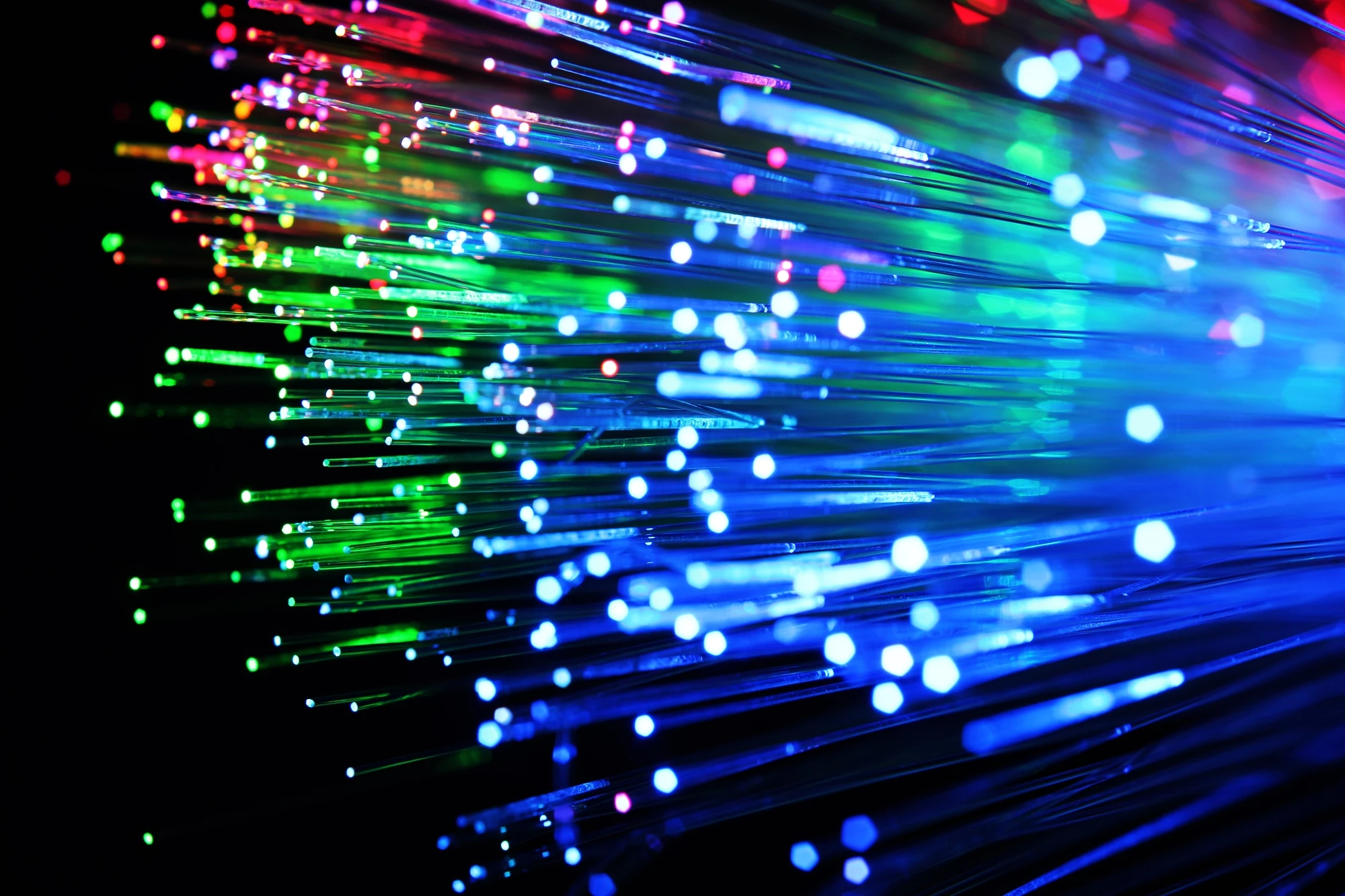The US Department of Energy (DOE) has announced and detailed a blueprint for a national quantum internet that would be super-fast and nigh on unhackable. The document describes four research areas that need to be given priority in order to develop the technology, and five milestones on the path.
As the name suggests, a quantum internet takes advantage of the spooky world of quantum physics to create a fast, secure network. It works through two quantum phenomena: the first is quantum entanglement, where two particles can become so inextricably linked that no matter how much distance separates them, changing the properties of one will change those of the other. And since that communication happens instantly, a quantum internet could be much faster than today’s networks.
The second phenomenon is quantum superposition, where a particle can exist in two different states at once. This is what enables tighter security of the information shared across a quantum network. Information is encoded into entangled pairs of photons, in a superposition of states – in data terms that means they represent both a one and a zero at the same time.
With a decoder at each end, the message can only be read by its intended recipient. If anyone else tries to tap into it along the way, it will cause the superposition to collapse into a random state, which garbles the message. That makes it unreadable to the hacker, while also alerting the intended recipient about the attempt.
Advances towards a quantum internet are speeding up. The Chinese satellite Micius has demonstrated various aspects of the technology, and even set the distance record for using quantum entanglement to “teleport” information, by doing so over 746 mi (1,200 km).
And now, the United States government is outlining its own plans to develop a national quantum internet. The blueprint was developed at a meeting in February by the DOE National Laboratories, various universities and industry.
The report lays out four areas of research that should be made a priority in order to develop the quantum internet. Officially, these include: Providing the foundational building blocks for Quantum Internet; Integrating Quantum networking devices; Creating repeating, switching, and routing technologies for Quantum entanglement; and enabling error correction of Quantum networking functions.
The document also outlines five milestones that will mark the path towards making this national quantum internet a reality. The first is verification that the technology works over fiber networks, and this has already been demonstrated in a test network set up by Oak Ridge and Los Alamos National Laboratories.
The second milestone is to distribute entangled photons between campuses within a city. The third is to set up quantum memory networks between two cities. The fourth is to extend that interstate, using quantum repeaters to amplify signals. And the fifth and final milestone in the project would be to develop an operational infrastructure between laboratories, universities and industry.
And work has already begun. Argonne National Laboratory and the University of Chicago have set up a 52-mi (84-km) “quantum loop” test bed, which has already been used to entangle photons. Soon, a third node will be added at Fermilab in Batavia, Illinois, which will increase the distance to 80 mi (129 km).
The full quantum internet blueprint was published online (PDF).
Source: Department of Energy




